
CER is everywhere right now and with good reason! 4th grade and 5th grade students need to read, synthesize, and respond.
They need high-quality texts, teacher modeling, and opportunities to practice. That’s where SciencELA comes in!
In just 15 minutes a day during a 3-week ScienceELA unit, your students will develop a rich understanding of science while increasing their ability to comprehend new texts and write about them.
Build knowledge and practice writing!
They will practice reading grade-level informational science passages to build an understanding of many topics and then practice writing by crafting a written explanation using evidence to support their claims.
We provide the texts, detailed instructions, examples, and even editable Google Slides to type in!
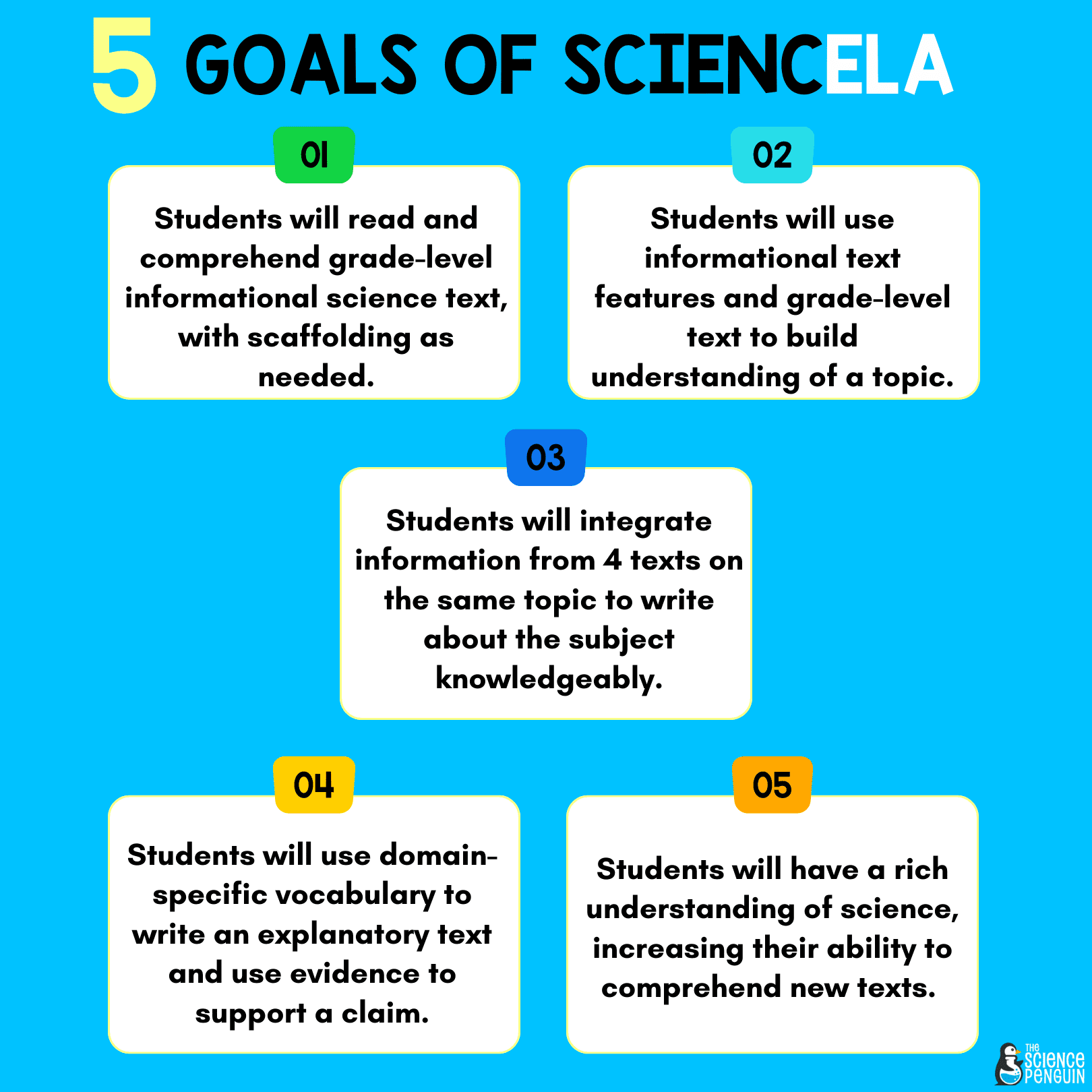
Get step-by-step directions for SciencELA!
Watch our video for an introduction to SciencELA!
Themes
Use themes to build knowledge!
The themes included in this resource will keep your students’ attention! Each theme has subcategories that students will learn a variety of information about.
The passages are all original and complex grade-level texts with eye-catching designs. Want to know what awesome things your students will learn about? Keep reading to find out!
Science Topics
Oceans
- Ocean Exploration to learn about the earth’s oceans.
- Deep Sea Animal Adaptation to learn about ocean zones and animals that live deep underwater.
- Ocean Migration that focuses on the behaviors and migrations of loggerhead sea turtles, gray whales, and zooplankton.
Conservation
- Household Waste to learn about landfills, incinerators, recycling, and composting.
- Clean Water to go over the importance of clean water, handwashing, and the effects of unsafe water.
- Renewable Technology to learn about heat-converting clothing, electricity-generating soccer fields, and bike generators.
Species and Environments
- Invasive Species to learn about changes to ecosystems and the effects of non-native kudzu, zebra mussels, cane toads, and Burmese pythons.
- Unique Galápagos Species to learn about marine iguanas, giant tortoises, sea lions, and what makes Galápagos animals so unique.
- Thriving Fungi to learn about the characteristics of fungi as well as zombie fungi, plastic-eating fungi, and coprophilous fungi.
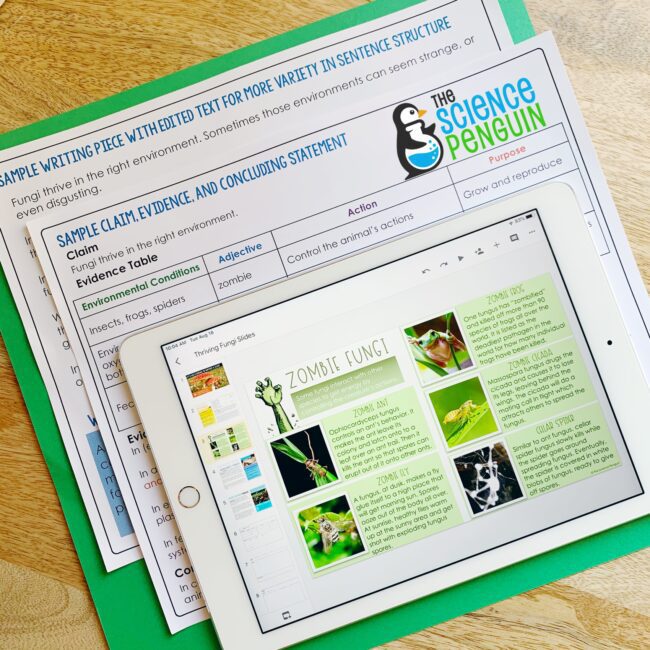
Our Solar System
- Parts of our Solar System to find out what a solar system is, the characteristics of the planets, and what other objects are in our solar system.
- Technology in Space to learn about Apollo 11, the Mars rover, Voyagers 1 and 2, and the International Space Station.
- Earth’s Movement to learn about Earth’s rotation, the apparent movement of the Sun across the sky, seasons, and changing constellations visible from Earth.
It’s Raining, It’s Pouring
- Oceans and the Water Cycle to learn all about the water cycle’s processes.
- Rain & Rock to learn about the hydrosphere, atmosphere, geosphere, landslides and mudslides, weathering, and frost wedging.
- Acid Rain to learn about the pH scale and the effect of acid rain on plants, fish, and humans.
Symbiosis
- Competition to learn about interspecies competition and specialization while focusing on cooper’s hawks, great horned owls, cheetahs, lions, and tropical anoles.
- Parasitism to go over what parasites and hosts are.
- Mutualism to learn about helpful organism interactions.
The Big City
- Plants in the City, learning about their needs, the benefits of trees, and vertical and community gardens.
- Animals in the City to compare coyotes and foxes in the city vs. in rural areas and to learn about inherited traits and learned behaviors.
- The Urban Water Cycle to learn the difference between the traditional water cycle and urban water cycle, how water moves from aquifer to faucet, wastewater collection and treatment, and stormwater.
- Groundwater to learn about aquifers, sewage, and water pollution.
- Soil Ecosystem to learn about the role of soil and decomposers like fungi, earthworms, and bacteria.
- Fossils to learn about changing environments, extinct animals, Pangaea, and how they are found in sedimentary rock.
- Eye Placement to learn about fields of vision and eye placement for defense and hunting.
- How We See to learn about the system of the eye, the reflection of light to see color, light waves, and the pathway of light to the optical nerve and brain.
- Refraction to learn about light’s change in speed and direction, as well as the color spectrum.
- Magnetism to learn how magnets can be useful in compasses, MRI machines, and Maglev trains.
- Turbines to learn about energy transformations and sources of energy like wind, hydroelectric, and geothermal.
- Friction in Sports to learn how friction plays a role in curling, golf, and swimming.

Get a Free Week of SciencELA!
Want to try out a SciencELA lesson? I will send you a free Galapagos Island Species lesson. Sign up and check your email for immediate access.
Teachers Love It!
⭐️⭐️⭐️⭐️⭐️ This resource is so well put together with very clear instructions. Thank you! I used this with my 4th grade class that has had a rough 2 years. I like how we discuss the writing process using our science content. My students really need instruction in writing so the process really helps them learn how to use their higher level critical thinking skills.
⭐️⭐️⭐️⭐️⭐️ I love ALL Science Penguin products, but I really love how this one encourages my students to use and practice their reading and comprehension skills in science. It enables them to connect their learning across content areas, which is so hard for them to do!
⭐️⭐️⭐️⭐️⭐️ I truly can’t say enough about this resource. I bought this because my students have been struggling with writing in science. The lessons are well thought out from a science inquiry standpoint and the writing portion is easily adaptable to different writing levels/intervention needs. I can’t recommend this enough!
⭐️⭐️⭐️⭐️⭐️ This is an absolutely amazing product. My students were highly engaged during Science time each week. The articles were high interest and as a combo class we learned a lot together. The students enjoyed science every week.
Get a Free Week of SciencELA!
Want to try out a SciencELA lesson? I will send you a free Galapagos Island Species lesson. Sign up and check your email for immediate access.

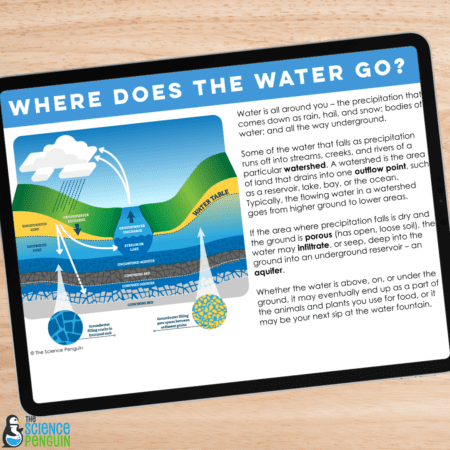
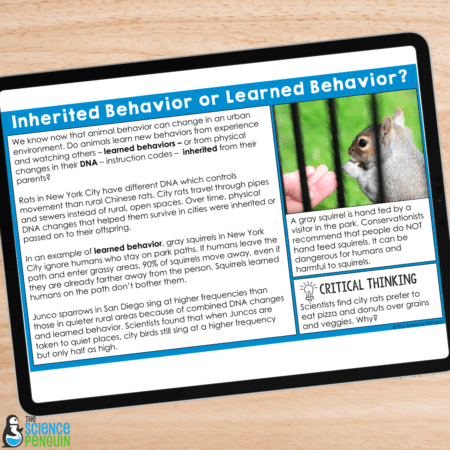
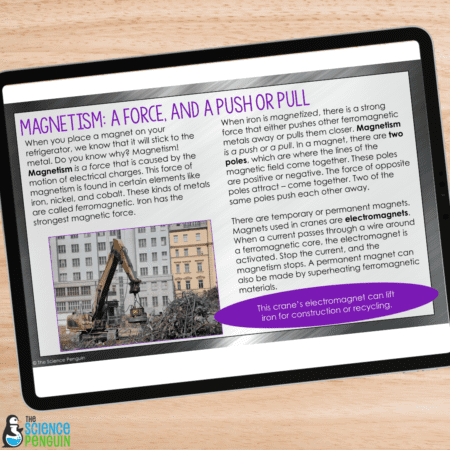
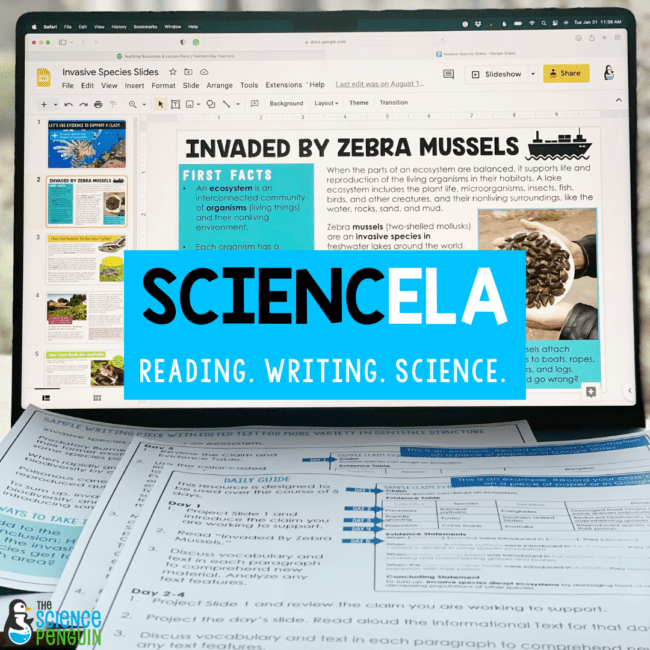
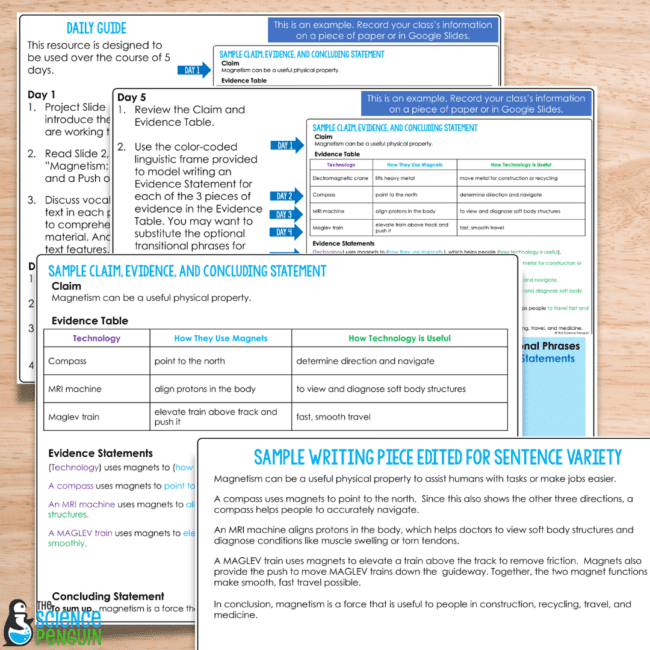
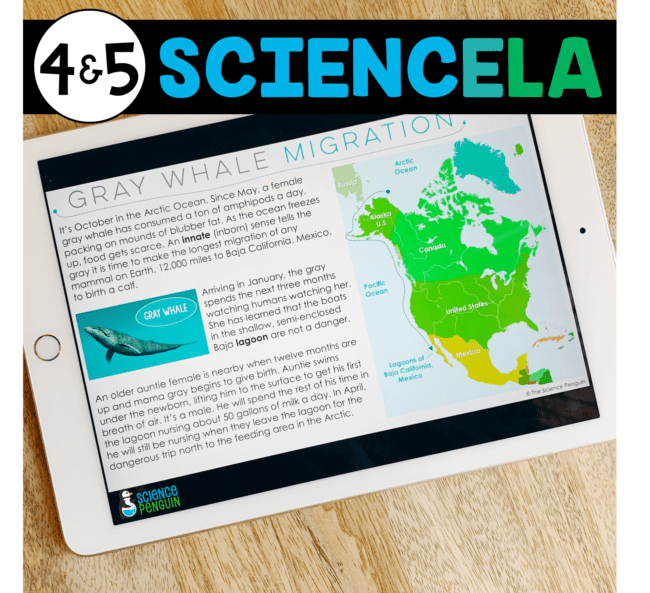

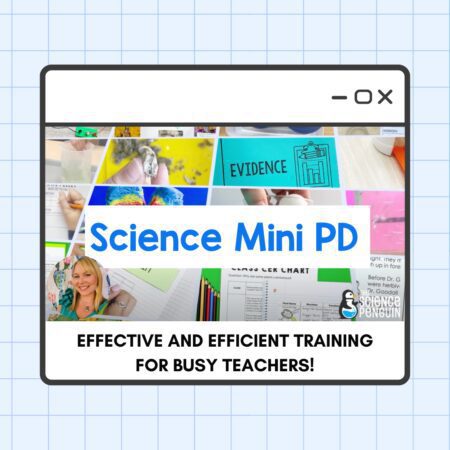


5 thoughts on “CER in Science: How to Boost Reading, Writing, and Science Skills in 4th Grade and 5th Grade with SciencELA”
This looks great.
Looks great, but I can’t wait until you add some physical science topics!
There are physical topics now. 🙂
awesome, thank you
We have had such big push recently to include writing across not only subjects, but also grade levels. Your ideas about themed resources using original and complex passages to teach writing within the content are spot on. I like how it can be accomplished in just 15 minutes each day. It still gives me time to teach our district mandated curriculum, while improving their writing skills. I really enjoyed learning your method and plan to incorporated in future lessons.